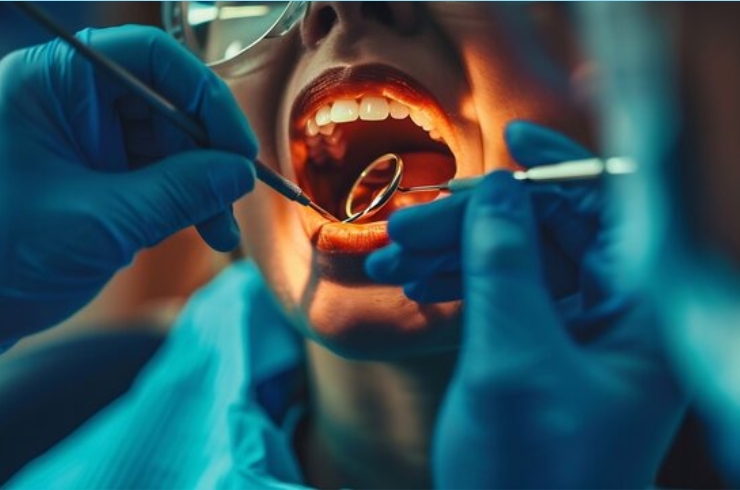Oral Cancer Removal and Reconstruction

Oral cancer is a potentially life-threatening condition that can affect various parts of the oral cavity, including the tongue, lips, gums, inner cheeks, floor of the mouth, and hard palate. If left untreated, the disease can advance and metastasize to distant organs, most commonly the lungs, significantly reducing the chances of survival.
Early diagnosis, usually confirmed through a biopsy, plays a critical role in improving treatment outcomes. Once confirmed, the primary and most definitive step in management is often surgical removal of the tumour, a procedure referred to as oral cancer resection.
What is Oral Cancer Resection?
Oral cancer resection involves the complete surgical removal of the tumor along with a margin of healthy tissue to ensure oncological safety. Depending on the size and location of the tumour, surgery may also involve the removal of involved lymph nodes in the neck (neck dissection) to prevent or treat regional spread.
Why is Reconstruction Necessary?
Following tumour excision, many patients may require reconstructive surgery to restore both aesthetic appearance and functional abilities such as speech, chewing, and swallowing. Reconstruction may involve:
Local or regional flaps (tissue from nearby areas)
Free tissue transfer using microsurgical techniques
Dental and maxillofacial rehabilitation, including implants and prosthetics
The goal of reconstruction is not merely cosmetic but fundamentally to enhance quality of life and facilitate social reintegration post-treatment.
Reconstruction helps maintain essential oral functions and facial appearance. It improves quality of life by allowing patients to eat, speak, and socialize with confidence. A well-planned reconstruction also supports emotional recovery after cancer treatment.
Importance of Timely Treatment
Oral cancer is highly curable when detected early. Prompt surgical management followed by appropriate adjuvant therapies (radiation or chemotherapy, if needed) significantly improves long-term outcome.